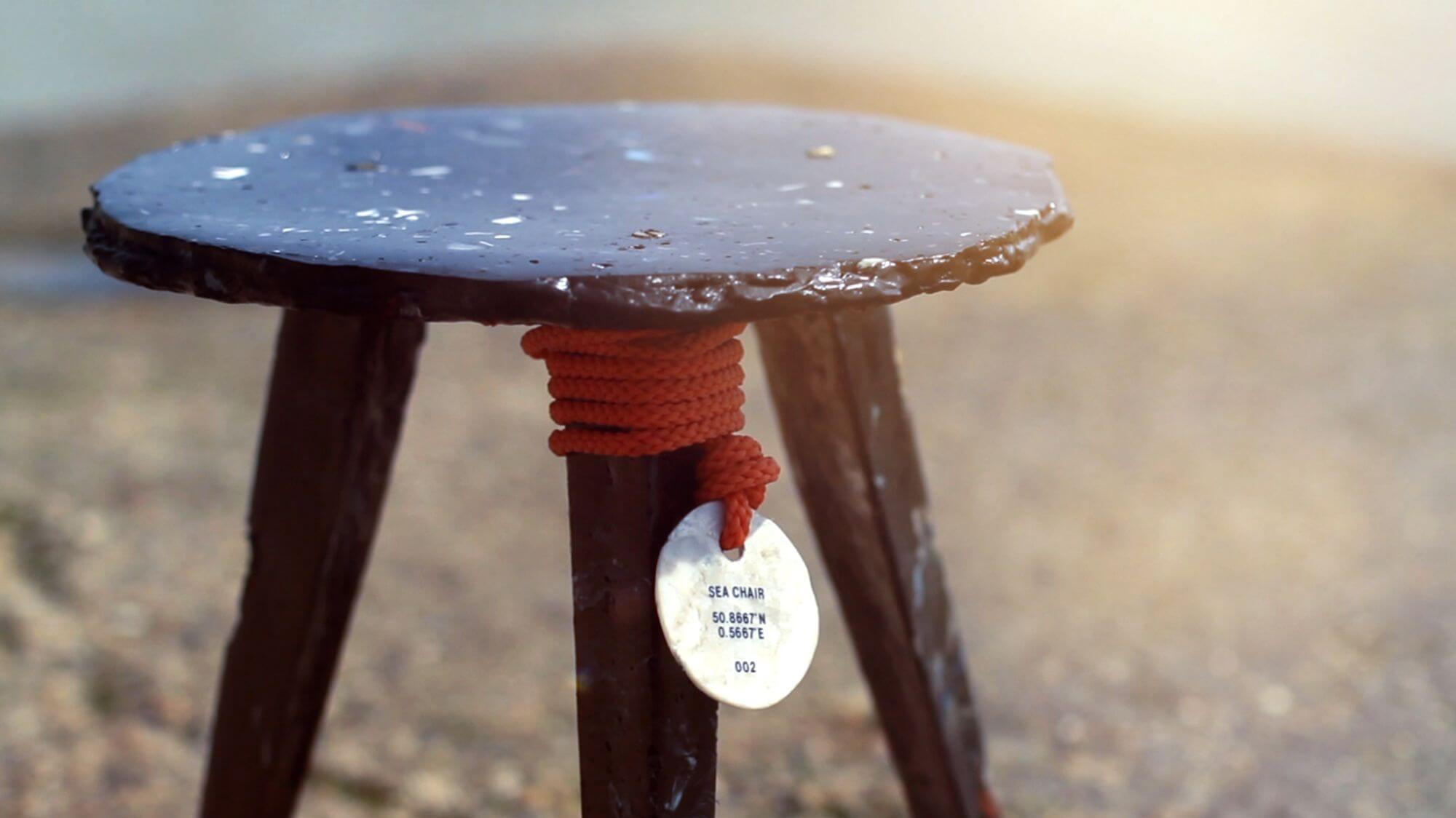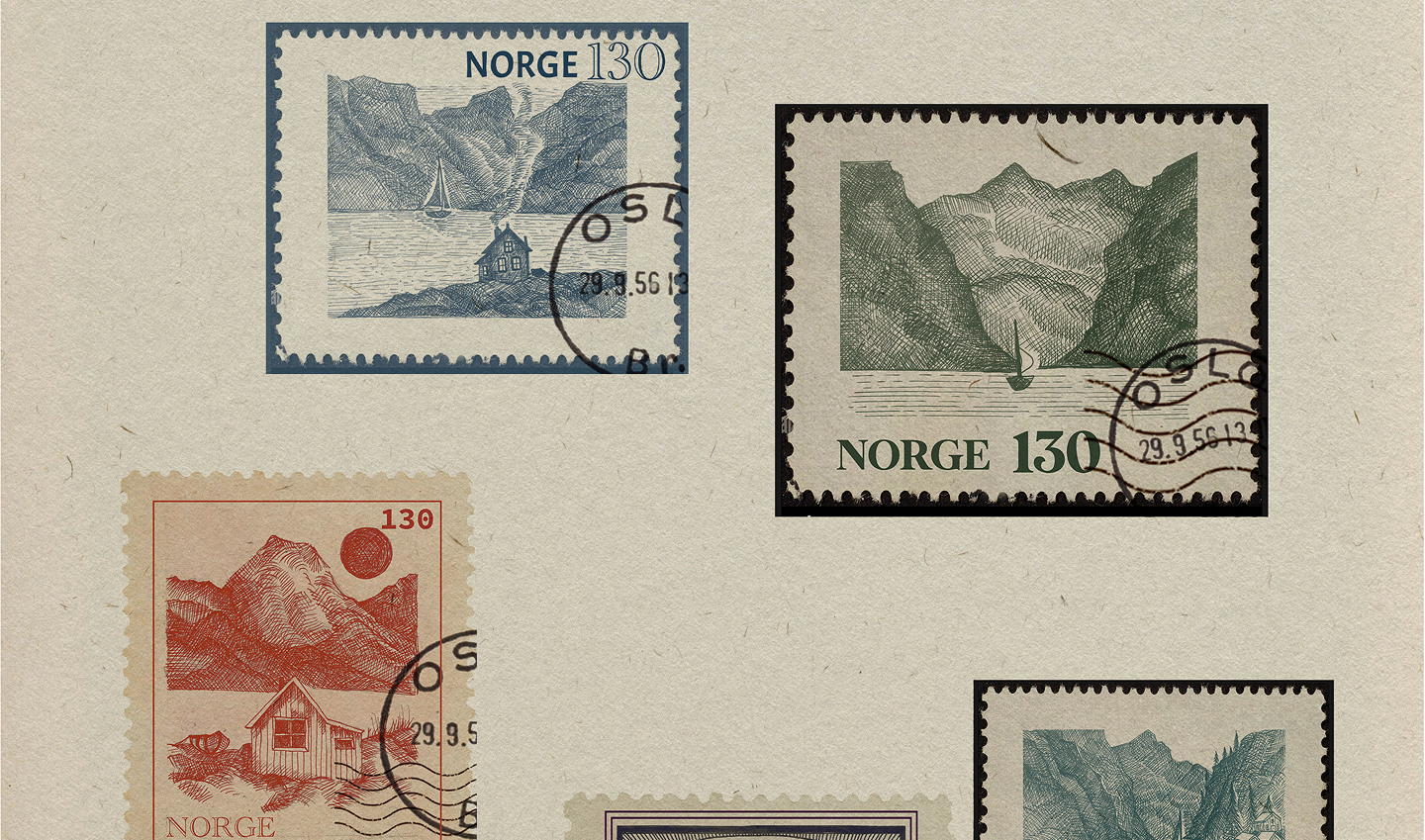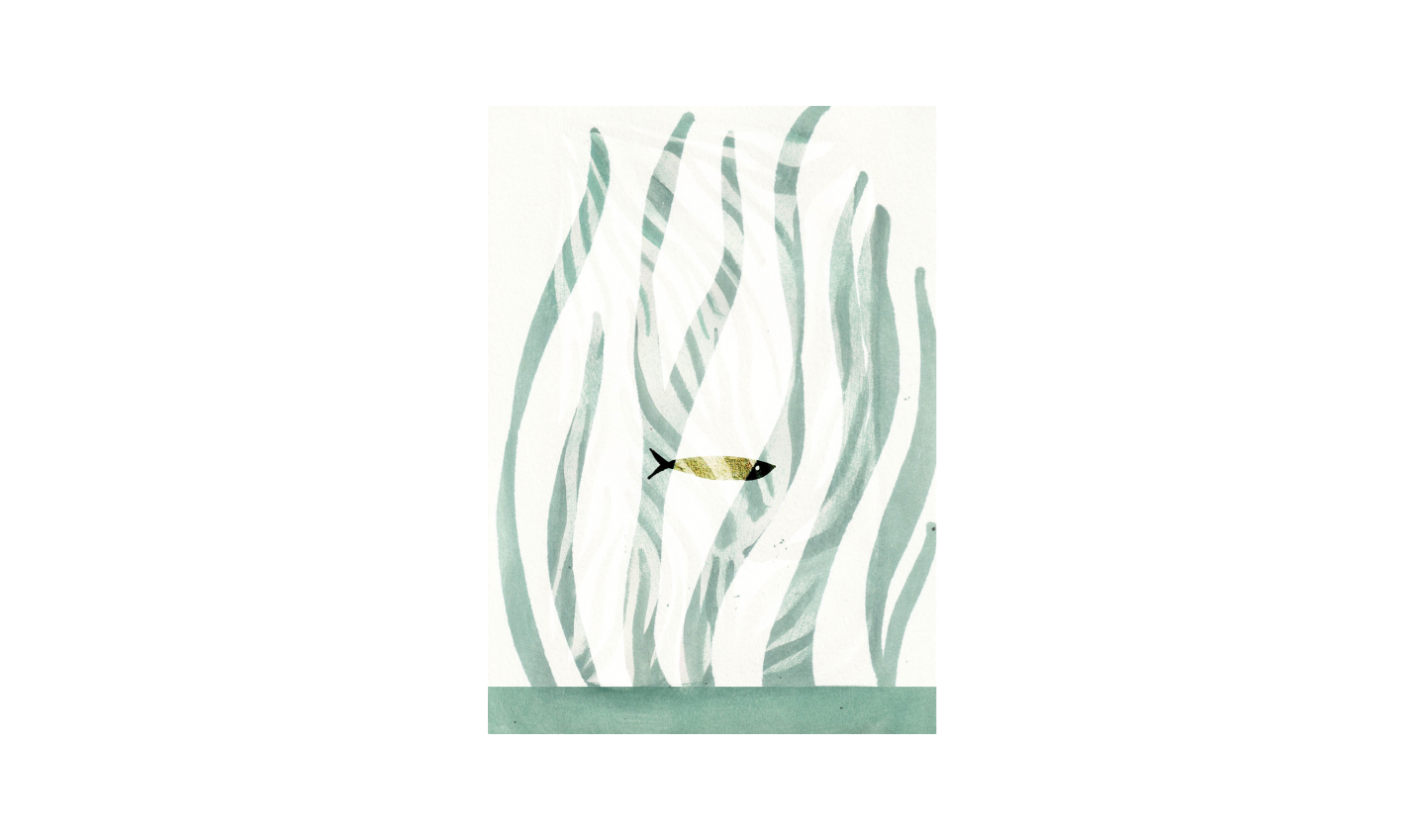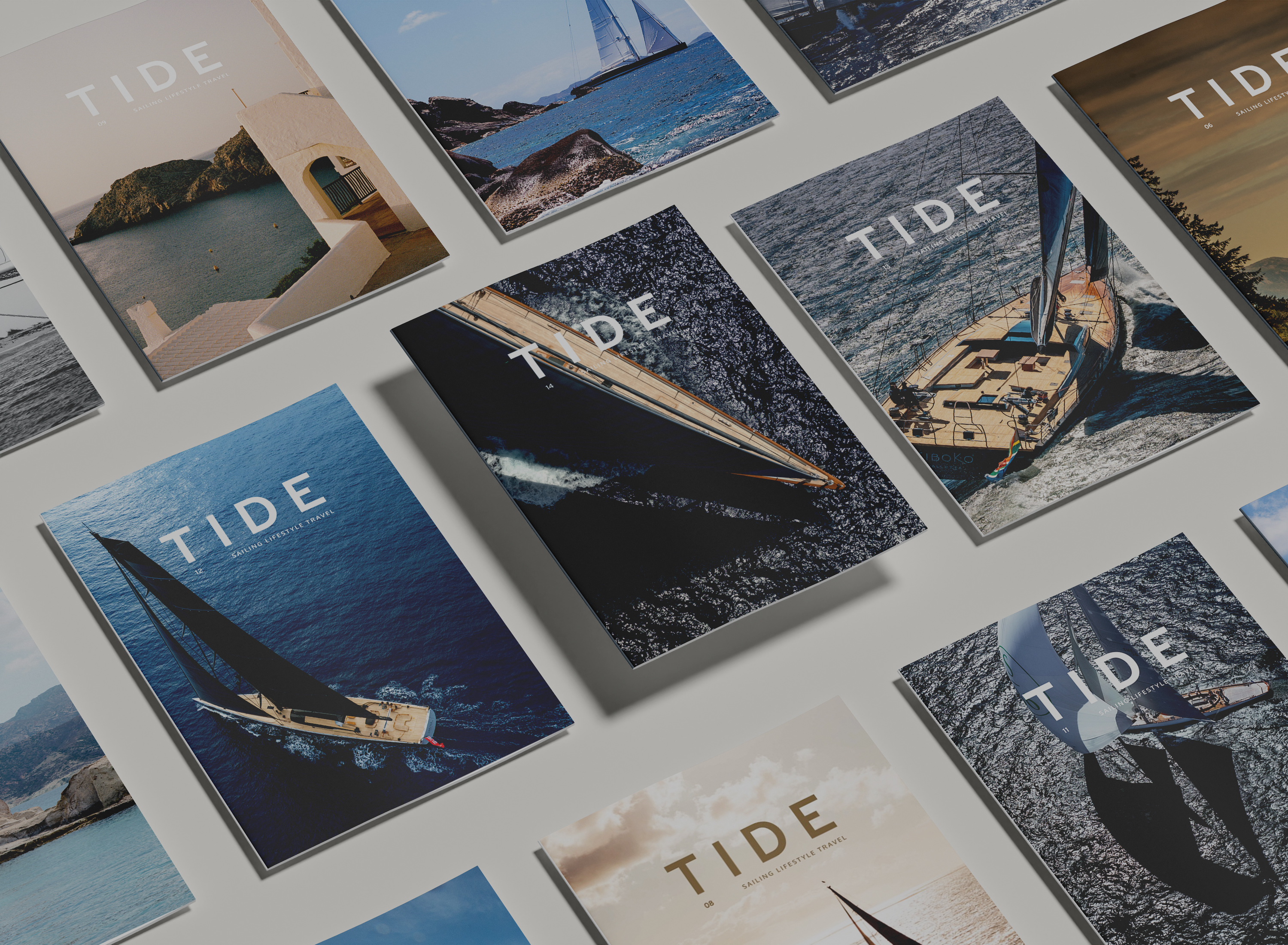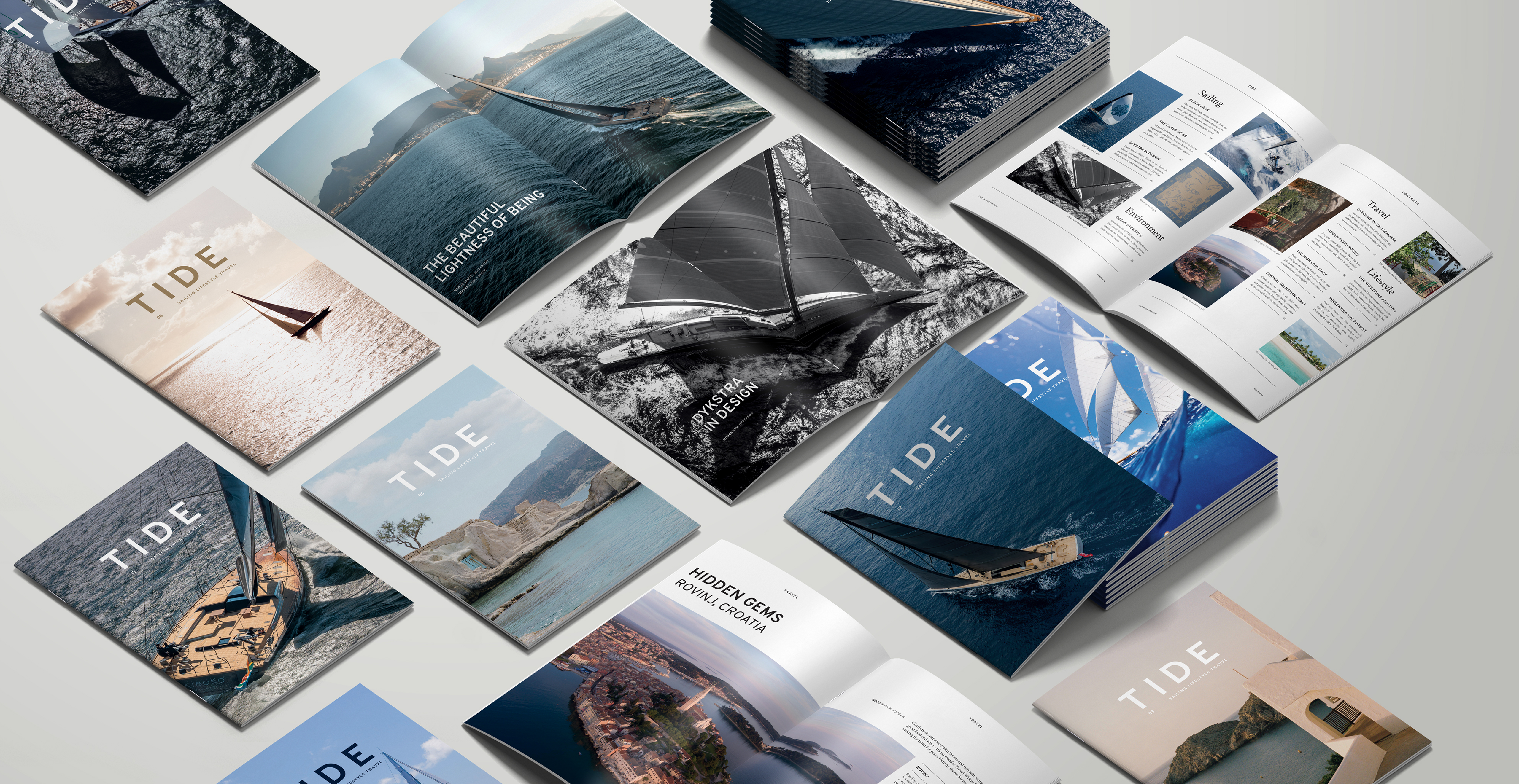In the face of an overwhelming plastic waste disaster in our oceans, a small design initiative called Studio Swine offers a glimmer of positivity, using plastic sifted from the oceans to create unique and highly sought-after furniture.
Cleaning the sea of the tonnes and tonnes of plastic waste which flow into it every day is high on the agenda of many sailing lovers, yet it’s not something anyone proffers to have the answer to. The rate at which floating garbage patches are growing is bleak, their harm to wildlife and fragile ecosystems incalculable. So, if you’re not a world leader or climate scientist, how do you respond to the problem of plastic in our oceans?
Two creatives – Alexander Groves and Azusa Murakami –have honed their design skills to help raise awareness around the amount of plastic in the sea. For the last decade or so, they have been making chairs while out at sea, melted down from different coloured plastic waste salvaged from the fishing nets and sorted by hand. The chairs are a true labour of love, a slow and artful act which is so precious because it could never be scaled up to an industrial level. It’s a small dent on the problem, admittedly, but one with potential to spark huge conversations. “Listening to Radio 4 Costing the Earth one night in 2010, I heard about sea plastic for the first time,” explains Groves, one half of a design initiative called Studio Swine. “The people talking were aboard the Sea Dragon, an ex-round the world clipper converted to now running science and environmental activism programs. They were leaving Rio de Janeiro and setting sail for the North Atlantic Gyre.”
Straddling the spheres of sculpture, installations and cinema, blending poetry and research into immersive experiences, Studio Swine has one strand that ties it all together: cleaning the oceans. “It was a dream from that moment on to make a chair at sea using the plastic from the sea, just like seafarers of old had used materials such as narwhal tusks and driftwood to make ship stools as sea.”
The inspiration for the Sea Chair was the Pacific Garbage Patch, which is currently believed to measure twice the size of Texas. Five more garbage patches have since been found across the world’s oceans, with the Atlantic gyre thought to be even larger. This plastic takes thousands of years to degrade, remaining in the environment to be broken up into ever smaller fragments by ocean currents. Tragically, in the decade since Studio Swine first created the Sea Chair, the number of plastic pieces in the Pacific Ocean has tripled. In the next ten years, the size of the accumulation is set to double yet again.
Clearly, the need for initiatives such as these is massive. “Back in 2010 ocean plastic was not at all a well-known number, and it was hard to visualise the figures that scientists were reporting.,” Groves tells TIDE Magazine. “We were never going to be able to scale up the production of chairs, but our film with no words received over a million views. It communicated visually and drew attention to the number. We always felt that the documentaries about the number were too depressing. Desire is the greatest agent of change. We worked with a great filmmaker that could find a poetic beauty in the problem.”
Now though, their energies have shifted, with the launch of another short film and artistic project: Gyrecraft. The film charts a journey of 1000 nautical miles, collecting plastic on the way from Azores to the Canaries through the North Atlantic Gyre with the Solar Extruder; a machine built to melt and extrude sea plastic using the Sun. In the swirling gyre, most of the plastics have broken down into tiny fragments which are spread over massive stretches of the Ocean. Due to their size, they are incredibly difficult to recover in any large quantity, making this once disposable material very precious. The 5 objects represent the 5 major Ocean gyres.
Having been to the North Atlantic Gyre and witnessed how vast it is and how small the fragments which make up over 90% of the plastic in the oceans are, Groves and Murakami are keen to point out that, in their opinion, collecting at sea is not a feasible way of mitigating the problem. “Collecting from rivers and water treatment before it gets to sea and gets broken into irretrievable fragments is worthwhile. Ultimately though, it’s a given that we need to cut down single use plastics. The problem is they are too cheap, and the cost of clean-up should be incorporated into the material cost. That way, all the many sustainable alternatives would be far more attractive and cost effective.
“Long term, to deal with the plastic that already exists in the environment I think looking towards bacteria and fungi that can eat plastic is really fascinating. However if a house is flooding you first turn off the tap before grabbing a bucket, so there has to be real change to tackle our dependence on plastic.”
To discover more environmental initiatives which are gaining traction across the sailing world, head to Number Two of TIDE Magazine.
*In partnership with Kingsbury Press, we have produced TIDE using FSC paper from sustainable, well-managed forests, manufactured using 100% offshore wind electricity sourced from UK wind. 100% of the inks used are vegetable oil based, 95% of press chemicals are recycled for further use and, on average, 99% of any waste associated with this production will be recycled and the remaining 1% used to generate energy. *


